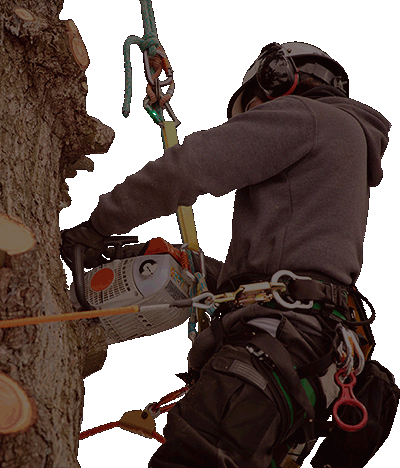
As you walk into your backyard after a long day, you’re instantly transported to a peaceful, green oasis. …until you hear the dog barking two doors down or see your neighbors strolling over to interrupt.
- Details

There’s something so satisfying about watering our Spartanburg trees each week and watching it seep into the soil. Plus, it’s one of the best ways we can give our plants a little TLC.
- Details

When a Spartanburg tree gets a bit too tall for your liking, your instinct may be to give it a quick and easy chop. Even though it’s not your intent to put the Spartanburg tree in danger, you could be doing so without realizing.
- Details

We so wish we could say that the best time to plant a Spartanburg tree is all the time! After all, doesn’t the world need more trees?
Not only are they inspiring to look at, but Spartanburg trees also do a lot of good.
- Details

Roots stretch far and wide to give our Spartanburg trees a stable foundation. But what happens if they grow a little further than we’d like?
One of our readers, Paul, recently asked, “How can I get rid of the roots from my Spartanburg tree that have grown into my front yard and are killing the grass?”
- Details

Maple Spartanburg trees are one of the top ten most popular Spartanburg trees in the USA. That’s easy to believe when you see their mesmerizing fall color and perfect-as-can-be leaves.
- Details

Pumpkins on porches and color-changing leaves on Spartanburg trees can only mean one thing… Football season is officially here.
Through February, we’ll spend our Sundays (and Mondays, too) munching on our favorite game day snacks and cheering for our favorite teams.
- Details

Our toes love gliding through our lush, green grass. But did you know our lawn does far more than just look and feel good?
Lawns also improve air quality, reduce heat by 20 to 30 degrees and generate oxygen.
- Details

Think back to the early days of your treasured evergreen tree. With meticulous care, you watched the Spartanburg tree thrive–sprouting emerald-green needles from the bottom all the way to the tippy-top.
- Details

When you see a tree, words like majestic, serene and awe-inspiring spring to your mind.
Creepy and scary are two words that rarely describe trees. But, that’s likely what you think when you see large, silky nests in your tree.
- Details






